
Theurgy: A beneficial magical science practiced by the early Egyptian Neoplatonists. A system of white magic, or a supernatural or divine agency of good spirits, especially in human affairs.

Thor: God of thunder in many branches of Paganism and Germanic mythology. Son of Odin and Jord, he was consistently depicted with a fearsome appearance, but was considered a great protector against evil by many. It was believed that during a thunderstorm, Thor rode through the heavens on a chariot pulled by the goats Tanngrisni and Tanngnost.

Threepenny Hex: A 'threepenny bit' or 'threepence', was until 1971 when Britain adopted the decimal currency system, a distinctive small chunky eight sided brass coloured coin, worth three old pennies.
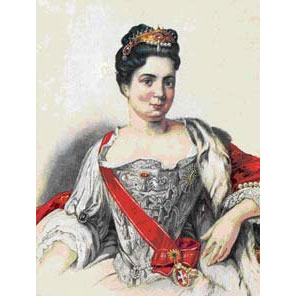 Tzarina: The wife or widow of a Russian Czar.
Tzarina: The wife or widow of a Russian Czar.
Salamander: A small, elemental lizard, capable of regenerating its limbs; many myths and legends believe it to be born and live most of its life shrouded in fire – some even insist that the heavily stoked furnaces of the glass-blowers brought about their creation. Rosicrucians – a German medieval society of mystics – long thought the salamander to be one symbol of the prima materia; a potent alchemical process, allowing the substance under transformation to better give up its secret fire. In tarot, the symbol of the salamander can be used to signify pure, primal energy and the power of transformation.
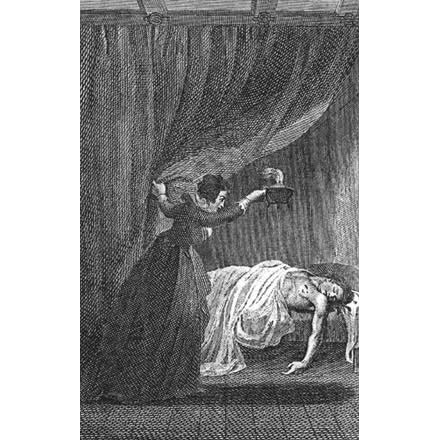 Udolpho: Taken from The Mysteries of Udolpho, an unforgettable Gothic romance novel by Ann Radcliffe, Udolpho itself is the grim, crumbling castle where the lead character, Emily St. Aubert, is held captive by the wicked Signor Montoni and begins to experience all manner of terror – physical, psychological and spiritual. Radcliffe’s novel is also pivotal to the plot of Northanger Abbey by Jane Austen – in which a young woman begins to associate her friends and family with Gothic characters after reading the novel.
Udolpho: Taken from The Mysteries of Udolpho, an unforgettable Gothic romance novel by Ann Radcliffe, Udolpho itself is the grim, crumbling castle where the lead character, Emily St. Aubert, is held captive by the wicked Signor Montoni and begins to experience all manner of terror – physical, psychological and spiritual. Radcliffe’s novel is also pivotal to the plot of Northanger Abbey by Jane Austen – in which a young woman begins to associate her friends and family with Gothic characters after reading the novel.
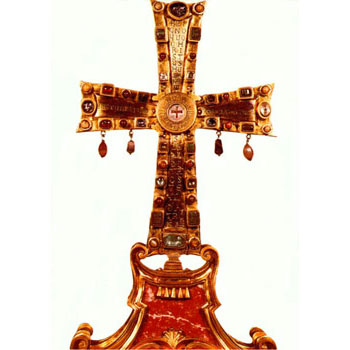 Vatican Cross: Also known as The Crux Vaticana. It is believed that the Vatican Cross is the oldest feretory currently known, and is thought to be crafted from the fragments of the cross upon which Jesus was crucified. The wood dates from the sixth century, and was given as a gift to the people of Rome by the emperor, Justin II. Along it bears the inscription: "With the wood with which Christ conquered man's enemy, Justin gives his help to Rome and his wife offers the ornamentation."
Vatican Cross: Also known as The Crux Vaticana. It is believed that the Vatican Cross is the oldest feretory currently known, and is thought to be crafted from the fragments of the cross upon which Jesus was crucified. The wood dates from the sixth century, and was given as a gift to the people of Rome by the emperor, Justin II. Along it bears the inscription: "With the wood with which Christ conquered man's enemy, Justin gives his help to Rome and his wife offers the ornamentation."
von Rosenstein, Dr Felix Maximilion: C.1710-1790. Mysterious, reclusive Viennese pioneer in advanced scientific techniques, including the unprecedented Induction Principle. Known by his advocates as the 'Father of the Art of Science'.
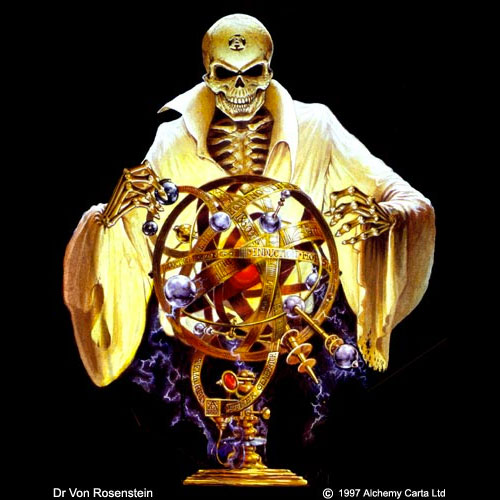
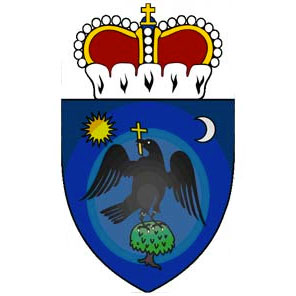
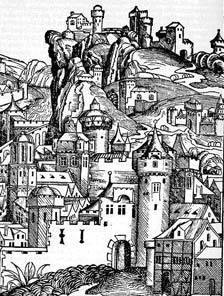 Wallachia: an independent medieval principality, traditionally founded in 1290 by Transylvanian settlers under The Black Voivode, and with allegiance to neighbouring Hungary. From 1310-1352 Wallachia was ruled by Basarab I, who was also known as The Founder for his rebellion against Hungary and the formal establishment of the principality.
Wallachia: an independent medieval principality, traditionally founded in 1290 by Transylvanian settlers under The Black Voivode, and with allegiance to neighbouring Hungary. From 1310-1352 Wallachia was ruled by Basarab I, who was also known as The Founder for his rebellion against Hungary and the formal establishment of the principality.
From around 1415 Wallachia was annexed by the Turkish Ottoman Empire, with whom, under duress, it remained until the 19th century.
One of Wallachia‘s most famous rulers and insurgents was Vlad Tepes, Prince of Wallachia or Vlad III Dracula, the Impaler, so named for his cruel custom of exacting torturous death upon his enemies. Vlad Dracula was intermittently voivode, (ruler), of Wallachia around the period 1456 to 1462, during which he constantly and ferociously fought against Turkish rule.
Wallachia, also colloquially known as Muntenia, was in 1859 merged with Moldavia to become what is now the southern region of modern Romania.
To purchase Alchemy Gothic products visit the Alchemy Dealer List - Trade Customers visit www.alchemyengland.com
Copyright Alchemy Carta Ltd. Alchemy Gothic is a registered Trademark, All Rights Reserved. Privacy Policy. Site Map. Friends of Alchemy.